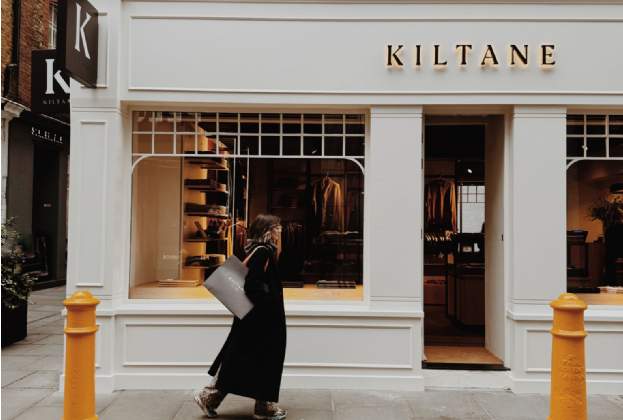When Savills first launched its Reimagining Retail initiative in 2019 it was impossible to imagine the headwinds the sector would come to face over the next three years. From the ongoing rise of ecommerce, to a global pandemic and the current energy crisis, the need to ensure our retail destinations are engaging, efficient and fit for purpose is more important than ever.
Couple this with the spotlight on ESG and the growing importance of environmental sustainability in real estate, the requirement to create retail spaces that are truly green, reach net zero and are more socially conscious is critical. So what are the key considerations when it comes to creating the sustainable, viable retail destinations of the future?
Firstly, reducing the energy we use has to be the number one goal. It is estimated that a 20 per cent reduction in energy is equivalent to a 5 per cent increase in revenue so there is a clear financial incentive as well as environmental. Cleaner energy sourcing or production can make a significant difference, with many retail buildings being well suited to solar generation. In fact, nationally the retail property sector has the potential to farm energy equivalent to two Hinkley-C nuclear power stations each year.
Secondly, the circular economy is one of the most important emerging principals in how we design the built environment. With this in mind, retail needs to be flexible and agile for reuse and alternative uses, as well as employing construction methods that lower embodied carbon and extend the building’s life. Repurposing retail space provides the ideal opportunity to make improvements to both.
We are also seeing major changes in policy, most notably with regards to energy performance certificates (EPCs). A staggering 83 per cent of retail stock nationally will need to be improved to meet the target of a minimum EPC grade B by 2030, and while there are questions surrounding the sole focus on EPCs rather than considering other forms of certification, it has certainly brought into focus the urgent need to improve the energy efficient of our retail spaces.
Finally, there are big changes afoot occupationally. Green leases are becoming standard in the largest retail destinations and are being increasingly used by major landlords where possible. However, while landlords and tenants ultimately have the same agendas when it comes to ESG, they often have different priorities. 80 per cent of a landlord’s emissions are associated with tenant activity, but for many retailers their shops account for less than 3 per cent, with the rest being produced elsewhere within their supply chain. As a result, a retailer’s intention to clean up their own carbon footprint is not solely focused on making improvements to the shops they lease, meaning ongoing collaboration is needed to ensure targets are being met on both sides.
What’s beginning to become clear is that leading retail through a green lens will in turn lead to greater economic prosperity and better financial returns. Investors should see that economic and environmental sustainability must not be treated as two separate challenges, but rather sit on two sides of the same, sought-after retail coin.
Further information
Contact Mark Garmon-Jones or Tom Whittington
.jpg)
.jpg)







.jpg)
